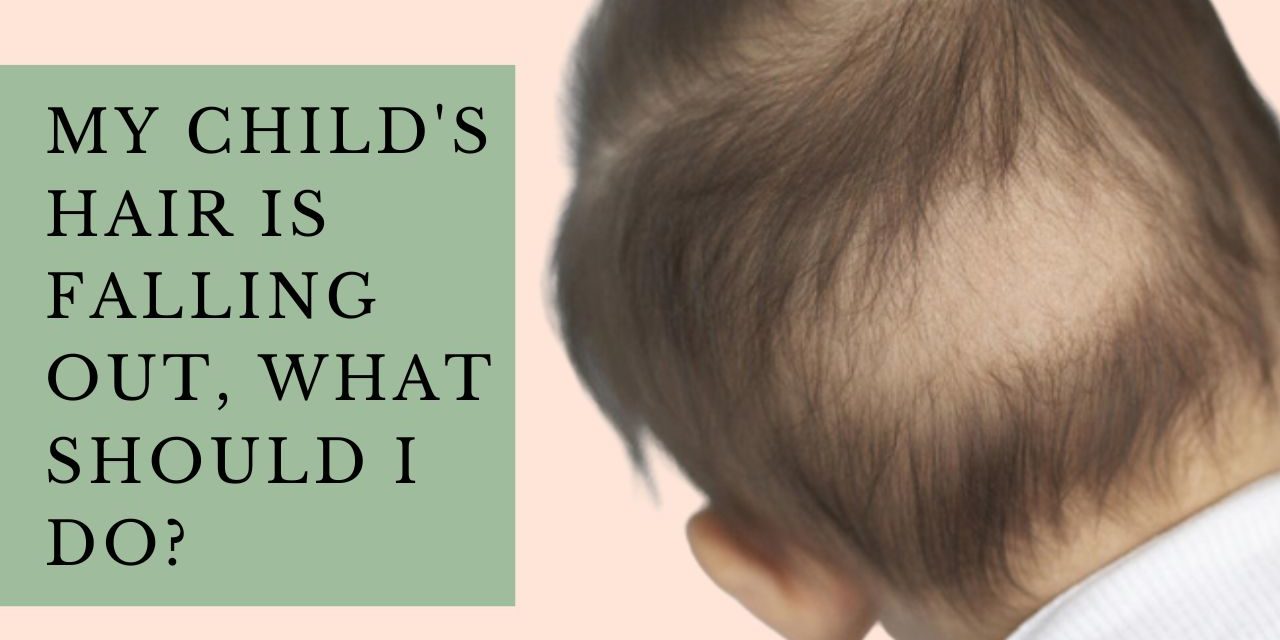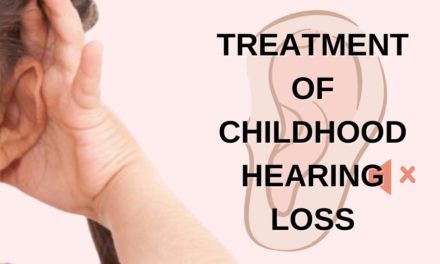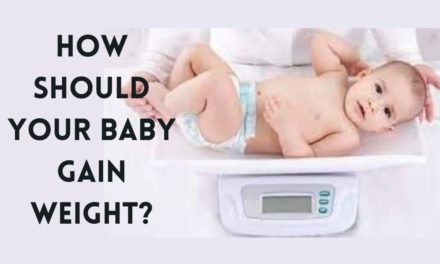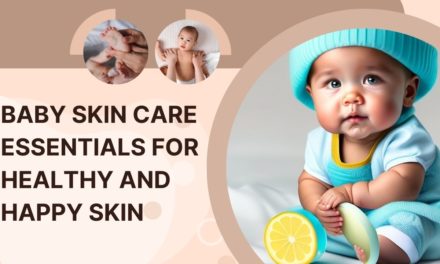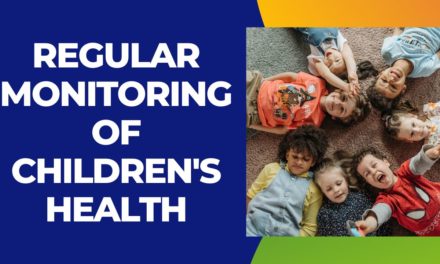Understanding baby hair loss and what to do about it
Introduction:
Hair loss in children can be a worrying problem for parents, but it is relatively common and often temporary. Understanding the causes of baby hair loss and knowing what steps to take can help alleviate problems and ensure proper care. In this blog post, we’ll explore the possible causes of baby hair loss and give helpful tips on what you can do about it.
1. Newborn Hair Loss:
Many newborns experience hair loss in the first few months of life. This hair loss is usually temporary and is caused by hormonal changes. This is called “telogen effluvium” and occurs when hair follicles enter the resting phase. The lost hair will eventually be replaced by new hair growth.
2. Friction or Friction:
Constant rubbing or rubbing against beds, car seats, or other surfaces can cause hair loss in babies. This is especially common for babies who spend a lot of time lying on their backs. To reduce hair loss from friction, make sure your baby spends plenty of time on his tummy during supervised play, use soft bedding, and avoid tight hair or headbands that require Can cause more friction than
3. Swing Cap:
Cradle cap is a common scalp condition in infants characterized by greasy or dry, flaky patches on the scalp. Although it does not directly cause hair loss, flakes can become attached to hair strands and appear as if the hair is falling out. To manage cradle cap, gently massage the scalp with baby oil or coconut oil, and use a soft brush to remove flakes before washing hair with a mild baby shampoo.
4. Traction Alopecia:
Traction alopecia occurs when there is tension or pulling on the hair follicles due to hair loss. This can happen if a child’s hair is repeatedly pulled tightly into ponytails, braids, or other hairstyles. Avoid using hairstyles that put too much stress on the hair, and let your child’s hair down regularly to relieve any stress on the scalp.
5. Nutritional Factors:
In rare cases, poor nutrition or certain medical conditions can contribute to hair loss in children. If you are concerned about your child’s hair loss and suspect that nutritional factors may be involved, consult a pediatrician. They can assess your child’s overall health and provide guidance on proper diet or any necessary supplements.
6. Patience and gentle care:
In most cases, baby hair loss is temporary and resolves itself over time. It is important to be patient and take gentle care of your baby’s scalp and hair. Avoid harsh hair products or excessive brushing. Instead, use a soft brush or fine-toothed comb designed for babies, and be gentle when handling your baby’s hair.
Result:
Baby hair loss can be a natural and temporary phenomenon. Understanding possible causes and taking appropriate steps can help ease concerns and ensure proper care for your toddler. If you have persistent concerns about your child’s hair loss or if the hair loss is accompanied by additional symptoms, be patient, provide gentle hair care, and consult a healthcare professional.

